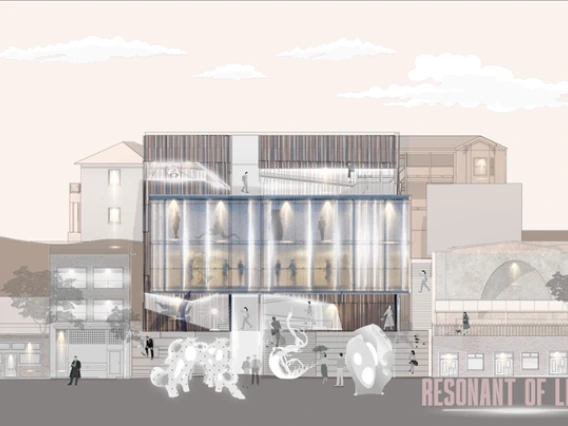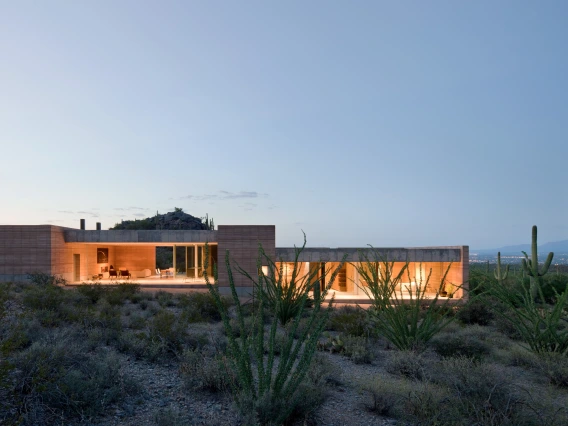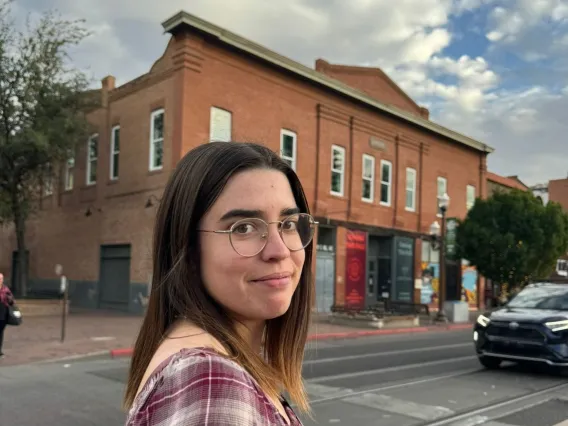Award-Winning Heritage Conservation Efforts by CAPLA Faculty and Students Lead to $4.6M in State Restoration Funding for Buffalo Soldier Camp
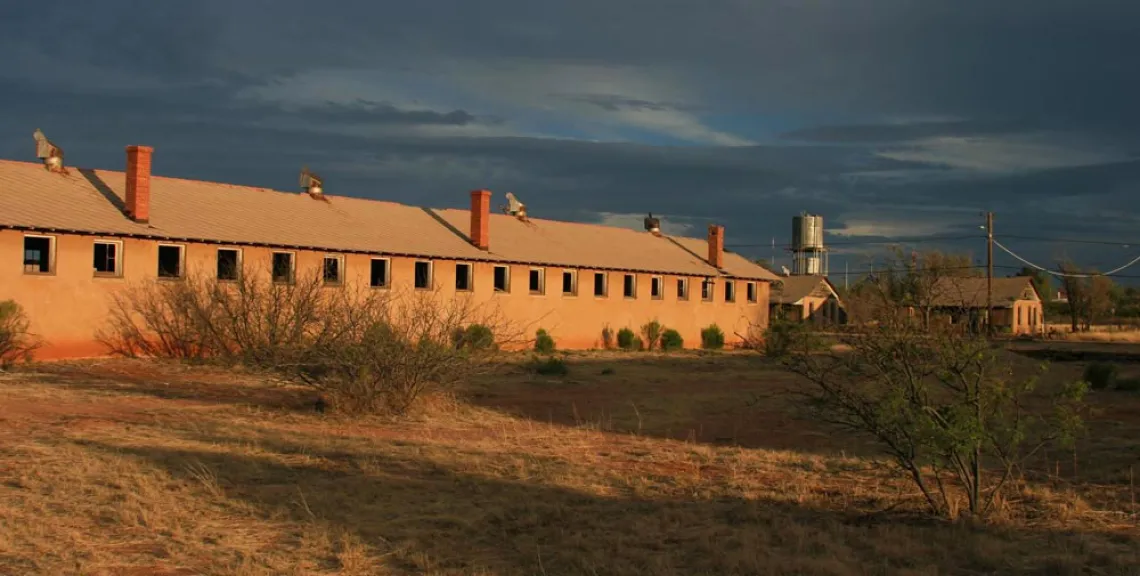
Camp Naco. Photo courtesy Arizona Humanities.
Over the last two years, University of Arizona Heritage Conservation Program Project Director Helen Erickson and graduate students Sarah McDowell and Teresa DeKoker have been instrumental in efforts to preserve Camp Naco, a borderlands Buffalo Soldier camp located near Bisbee, Arizona. Their research, including a Historic American Landscapes Survey submission to the National Park Service, story map development and other initiatives, resulted in Camp Naco’s May 2022 listing by the U.S. National Trust for Historic Preservation as one of America’s 11 Most Endangered Historic Places.
Since then, their efforts have garnered additional recognition—and new funding to help ensure the hundred-year-old military camp’s preservation.
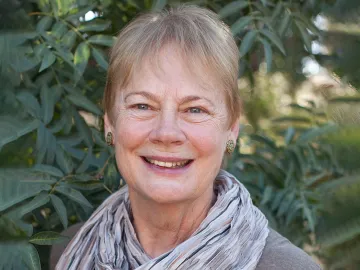
Helen Erickson, Heritage Conservation Program Project Director.
In August, Erickson and the College of Architecture, Planning and Landscape Architecture students—who worked with Naco Heritage Alliance volunteers, a videographer and an experienced story map creator to build the interactive Camp Naco Story Map—received the “Best Story Map of 2022” award from the Arizona Geographic Information Council.
In October, at the Arizona Historic Preservation Conference held in Yuma, their story map was not only named a 2022 Honor Award winner but also chosen as the James W. Garrison Grand Award, the highest of the 2022 Governor’s Heritage Honor Preservation Awards. The award, which was selected by Arizona Governor Doug Ducey, represents the “best of the best in heritage preservation,” according to the Arizona Preservation Foundation.
And one week later, on October 27, 2022, the Office of Governor Doug Ducey announced an award of $4.6 million to the City of Bisbee for the restoration of Camp Naco, which sits 600 yards north of the U.S.-Mexico border.
The story map was the catalyst for the National Trust listing, which in turn led to Governor’s Office funding, says Erickson.
“Because of the fragile nature of mud adobe construction and the location of Camp Naco along our international border, without intervention and a new use for this remarkable place, this essential piece of borderlands history will be lost,” says Erickson. “We must act now—and this critical funding makes that possible.”
The City of Bisbee acquired the property in 2018, working closely with the Naco Heritage Alliance to protect this important piece of Arizona and national history by stabilizing the 23 buildings, repairing damaged roofing and hiring specialists to advise on adobe restoration. To begin bringing Camp Naco back as a community asset, they hope to rehabilitate the former Officers’ Club and the Hospital Building to create classroom and public meeting space for the community, share a museum dedicated to the Buffalo Soldiers stationed there and restore the Parade Grounds as an outdoor space for a wide range of community events.
Charles Hancock of the Southwest Association of Buffalo Soldiers shares the feelings of Buffalo Soldier organizations throughout Arizona: “Camp Naco symbolizes the honorable service these men provided to our country. Once repaired and back in service, it will continue to celebrate their legacy and share their proud history with future generations.”
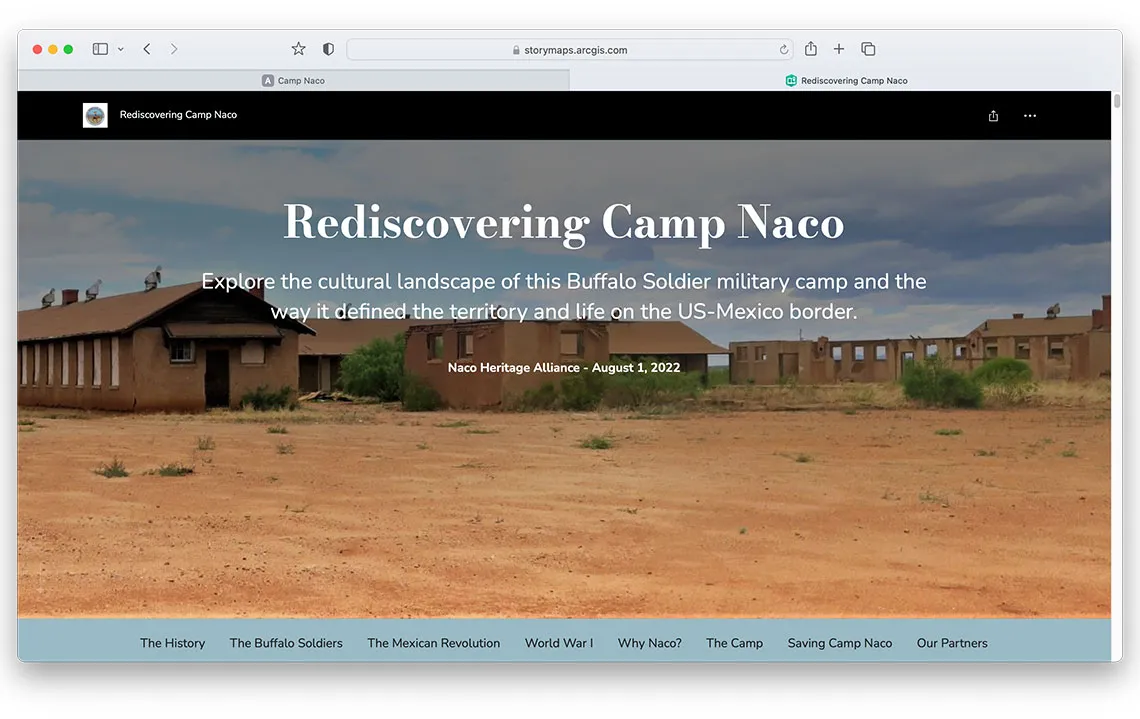
The Camp Naco Story Map, created by Helen Erickson, Sarah McDowell, Teresa DeKoker and others was a 2022 Honor Award winner and the James W. Garrison Grand Award winner at the 2022 Governor's Heritage Honor Preservation Awards.
For CAPLA students, the additional recognition is flattering, and the funding for additional improvements essential, but the experience of ensuring the camp’s preservation brings the most satisfaction.
“Having the opportunity to work with Camp Naco has been one of the most rewarding educational experiences I have had as a graduate student at the University of Arizona,” says McDowell, a Master of Science in Urban Planning student who is also pursuing the Graduate Certificate in Heritage Conservation. “As a Heritage Conservation student, I think one of the best ways to cut your teeth in the field is by working on a real site and with the local stakeholders. This project started as an internship but each and every time it has evolved I’ve been able to learn new skills—from interviewing historians and scouring archival documents to identifying stakeholders and presenting at the Arizona Historic Preservation Conference. Story maps are a great tool for heritage projects because they add much-needed context to the site. I can’t wait to see what happens next for Camp Naco!”
Thanks to Erickson, McDowell, DeKoker and a community of volunteers and historic preservation proponents, the future of Camp Naco as a community asset and link to the region’s past is ensured.
Explore Camp Naco by viewing the Camp Naco Story Map.
Learn more about heritage conservation as a career path with CAPLA’s Graduate Certificate in Heritage Conservation, or help fund faculty and student research and other efforts toward important community preservation projects

